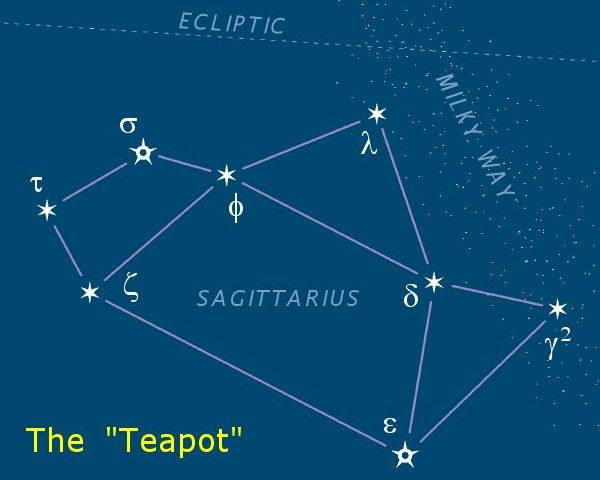|
W33A
W33A is a protostar located approximately 12,000 light-years away from Earth, in the constellation Sagittarius Sagittarius ( ) may refer to: *Sagittarius (constellation) *Sagittarius (astrology), a sign of the Zodiac * Sagittarius of Gap, a 6th century bishop *Sagittarius A*, the supermassive black hole at the center of the Milky Way galaxy Ships *'' S .... As a star in the early stages of formation, so has attracted the interest of astronomers, who observed that while the protostar is accumulating material from surrounding clouds of gas and dust, it is simultaneously ejecting fast moving jets of particles from its north and south poles. Science NOW Daily News, 27 January 2010 References External links [...More Info...] [...Related Items...] OR: [Wikipedia] [Google] [Baidu] |
Sagittarius (constellation)
Sagittarius is one of the constellations of the zodiac and is located in the Southern celestial hemisphere. It is one of the 48 constellations listed by the 2nd-century astronomer Ptolemy and remains one of the 88 modern constellations. Its old astronomical symbol is (♐︎). Its name is Latin for "archery, archer". Sagittarius is commonly represented as a centaur drawing a bow. It lies between Scorpius and Ophiuchus to the west and Capricornus and Microscopium to the east. The center of the Milky Way lies in the westernmost part of Sagittarius (see Sagittarius A). Visualizations As seen from the northern hemisphere, the constellation's brighter stars form an easily recognizable asterism (astronomy), asterism known as "the Teapot". The stars Delta Sagittarii, δ Sgr (Kaus Media), Epsilon Sagittarii, ε Sgr (Kaus Australis), Zeta Sagittarii, ζ Sgr (Ascella), and Phi Sagittarii, φ Sgr form the body of the pot; Lambda Sagittarii, λ Sgr (Kaus Borealis) is the point of t ... [...More Info...] [...Related Items...] OR: [Wikipedia] [Google] [Baidu] |
Protostar
A protostar is a very young star that is still gathering mass from its parent molecular cloud. It is the earliest phase in the process of stellar evolution. For a low-mass star (i.e. that of the Sun or lower), it lasts about 500,000 years. The phase begins when a molecular cloud fragment first collapses under the force of Self-gravitation, self-gravity and an opaque, pressure-supported core forms inside the collapsing fragment. It ends when the infalling gas is depleted, leaving a pre-main-sequence star, which contracts to later become a main-sequence star at the onset of hydrogen Nuclear fusion, fusion producing helium. History The modern picture of protostars, summarized above, was first suggested by Chushiro Hayashi in 1966. In the first models, the size of protostars was greatly overestimated. Subsequent numerical calculations clarified the issue, and showed that protostars are only modestly larger than main-sequence stars of the same mass. This basic theoretical result has b ... [...More Info...] [...Related Items...] OR: [Wikipedia] [Google] [Baidu] |

